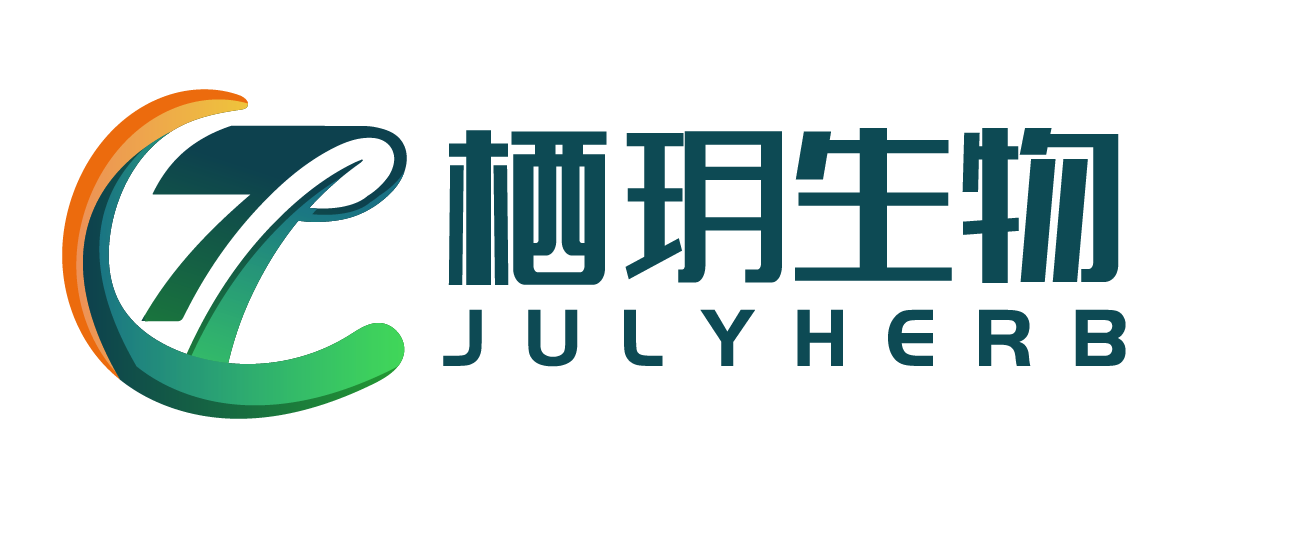What is Sulforaphane? And benefits
There is a substance called sulforaphane (also called SFN) found in cruciferous vegetables and especially in broccoli sprouts. It is well studied to be anticancer, antimicrobial, anti-inflammatory, neuroprotective, and may even protect against aging and diabetes. The best part? We don’t need high-priced supplements to get this important phytochemical, we just need to eat certain veggies like broccoli sprouts.
Sulforaphane is created when the enzyme myrosinase transforms the glucosinolate glucoraphanin into sulforaphane. Since myrosinase and glucoraphanin are found in different parts of the plant, this change happens when the plant is damaged (by chewing, blending, chopping, etc.) allowing the two compounds to mix and react. Young sprouts of broccoli and cauliflower are particularly good sources of glucoraphanin.
More specifically, sulforaphane is part of a group of plant-based disease-fighting phytochemicals called isothiocyanates. In the body, sulforaphane stimulates the production of important enzymes that neutralize free radicals. Since inflammation and free radicals get the blame for many types of cancer, this is a big deal. Isothiocyanates also seem to block certain cancer-activating enzymes in the body, creating a double protection.
Julyherb supply high quality sulforaphane powder and sulforaphane capsules.

Befenits of sulforaphane
- Energy. Sulforaphane/Nrf2 activation helps your mitochondria make more ATP (the energy that fuels your whole body) Your mitochondria can handle stress better, too, which means more energy and faster recovery for you
- Detox. Sulforaphane makes your cells create detoxification enzymes that clear carcinogens and other toxins. One study found that sulforaphane increases excretion of airborne pollutants by 61%
- Reduces symptoms of autism. A double-blind, placebo-controlled study of men with autism found that supplementing with sulforaphane dramatically reduced symptoms, including lethargy, irritability, stereotypy, and hyperactivity . Patients took the equivalent of a couple of servings of broccoli a day.
- Weight loss. Activating Nrf2 increases fat burning , and it prevented obesity in mice fed a high-fat diet (mice did not evolve with much fat in their diets, and are notoriously bad at processing it)
- Kills cancer cells. Sulforaphane destroys cancer cells while simultaneously strengthening healthy mitochondria . It also detoxes carcinogens and kills cancer cells in Petri dishes, and prevents tumor growth in rats. Recent studies have found that sulforaphane helps reverse cancer in humans, and the results are so promising that drug companies are currently testing Sulforadex, a synthetic analog of sulforaphane, as a cancer treatment.

Which Foods Contain Sulforaphane?
Sulforaphane is found in cruciferous vegetables including broccoli, cauliflower, Brussels sprouts, cabbage, collards, kale, bok choy, kohlrabi, turnip, collards, arugula, watercress, radish, and mustard greens. Broccoli sprouts have the highest identified concentration of sulforaphane.
All green veggies serve an important purpose and you’ll have a hard time finding any doctor or health expert who would say eating green veggies is not a good idea (short of very specific health conditions).
Take an activated sulforaphane supplement
Most of the sulforaphane you’ll find online requires activation by gut bacteria that aren’t common, so you probably won’t see much benefit from it. You can either buy an enzyme-activated sulforaphane or make sure to eat a bite of raw radish or cruciferous vegetable (like a broccoli stalk) to get the right living enzymes in your gut to activate the supplement.
Recommended dose: 10 mg sulforaphane daily with some raw cruciferous vegetable or raw radish or 10 mg of an enzyme-activated sulforaphane supplement.
Time of day: Anytime, on an empty stomach.
